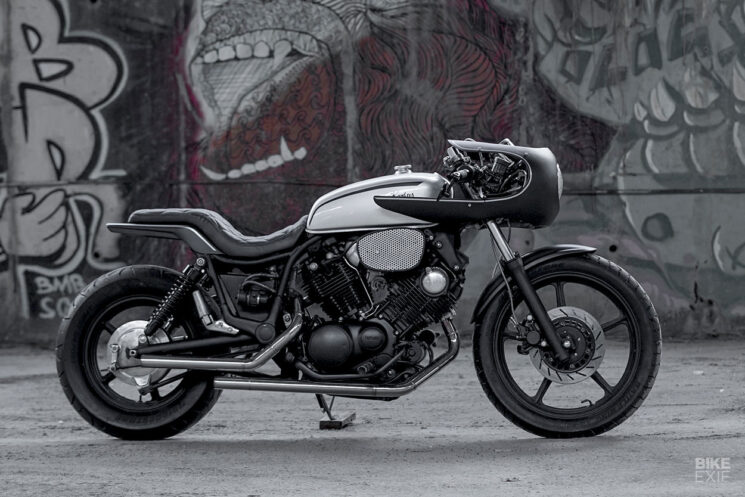
Some bikes just build easier than others. Honda CBs, Yamaha XS650s and Harley Sportsters are a few that come to mind, and you’ll find tons of parts and inspiration for these platforms. But there are many reasons it can pay to start with a less known quantity, and give a little love to the weird ones. The following motorcycles are a small taste of the road less traveled—the best weird motorcycles you wouldn’t immediately consider for custom builds. Some of them are complicated, some are a little ugly and others have strange features that are just hard to design around. On the flip side, most of these bikes are super cheap, and if you play your cards right, there’s extra glory in breaking the mold.
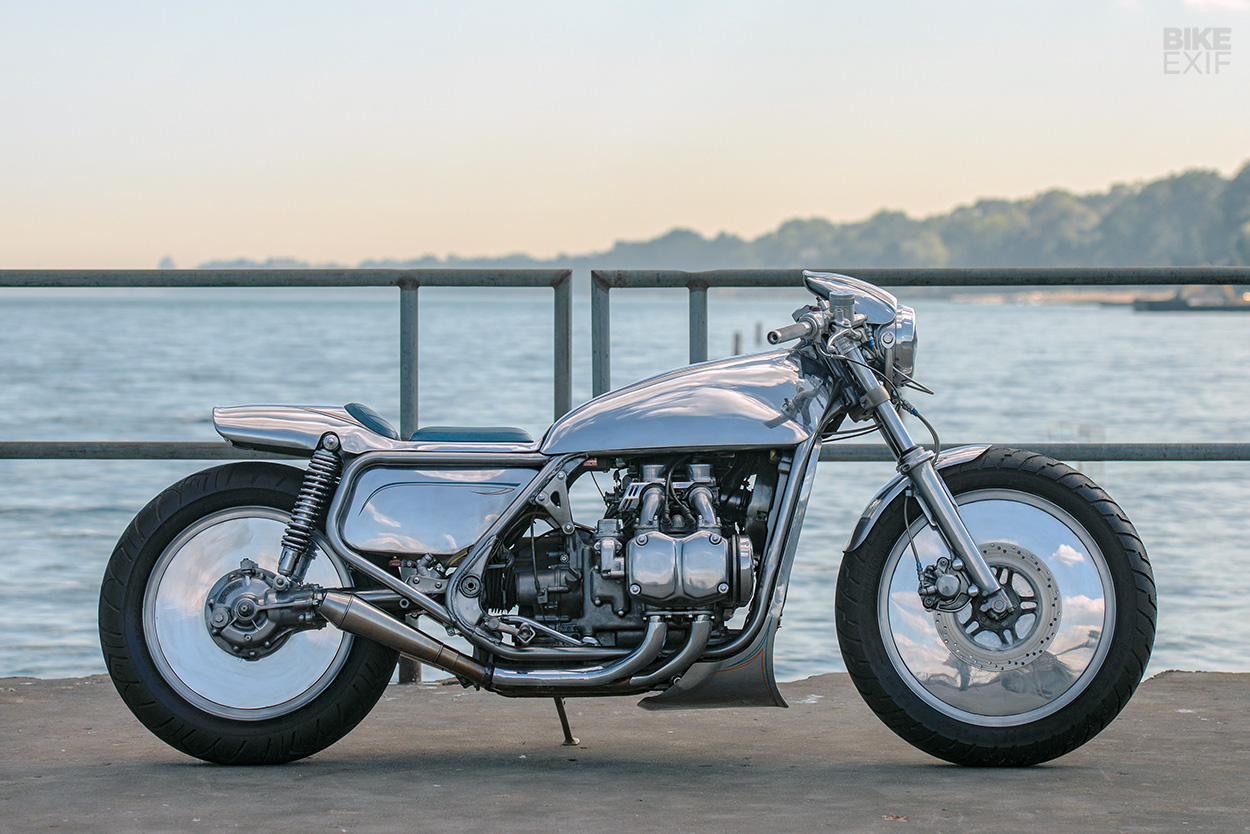
Flat-four Honda Gold Wing Sporting a big flat-four and weighing in the neighborhood of 700 to 900 pounds, the Honda Gold Wing isn’t exactly on the bike builder’s 101 list. The Gold Wing started carving out a niche in the long-haul touring scene in 1974, and won over customers with comfort, torquey flat-four engines, fool-proof five-speed transmissions and shaft drive.
Honda built a ton of these bikes, over 640,000 by 2010, and owners pack serious miles on these machines before retiring them. 100,000 miles, no big deal with proper maintenance, and there’s a Gold Wing out there that reached 457,000 miles—talk about seat time!
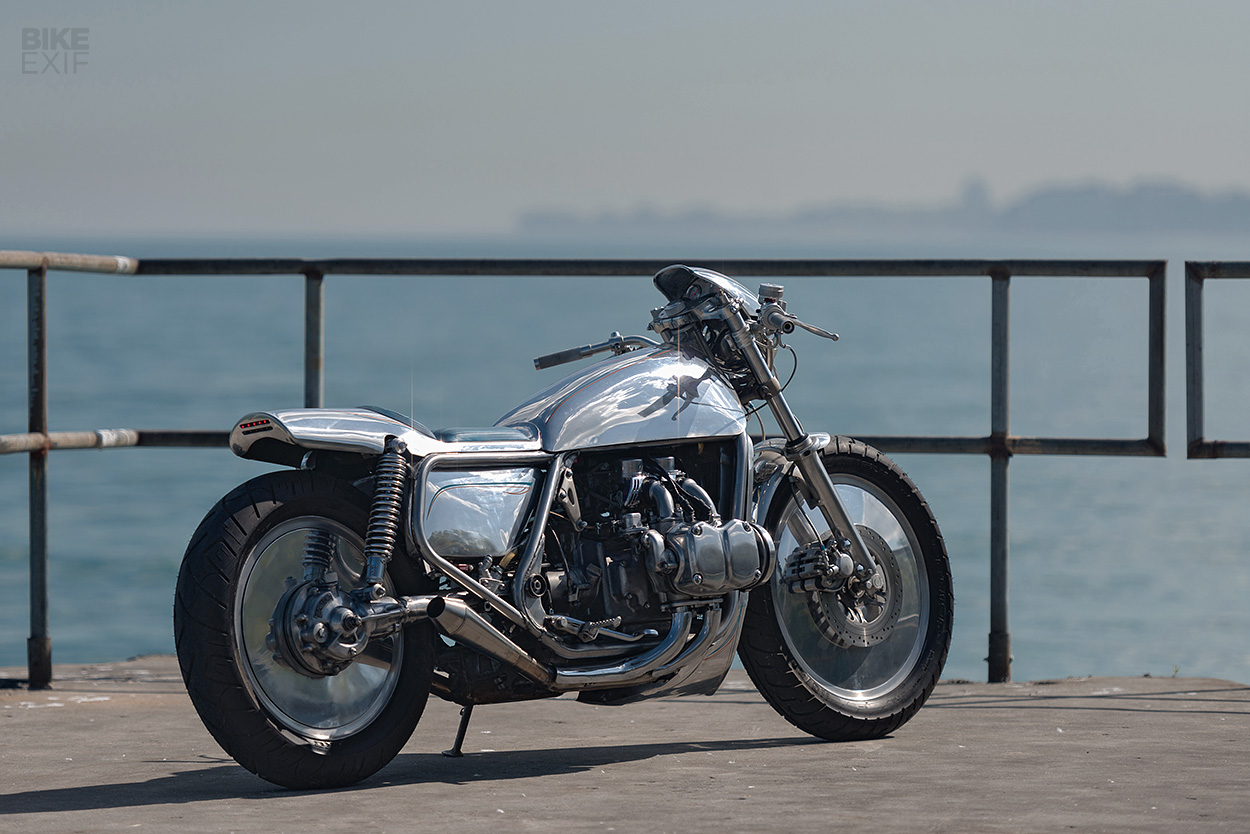
Point of the story is that Gold Wings are tough, and there are plenty of them languishing on your local classifieds that are hardly broken in. In our neck of the woods, we find a couple Gold Wings a month that are asking less than $600, only in need of a little TLC, and good running machines for less than $1,000. First-generation GL1000 Wings are probably the pick of the litter, usually sporting wire wheels and more minimalistic bodywork, but later GL1100 and 1200 models are also viable options.
There are a few big things to keep in mind if you plan to chop up a Gold Wing, starting with that monstrous flat-four engine. The 80 hp mill, its transmission and induction system take up a lot of space, and the cylinder heads stick out pretty far from the side of the bike, but if BMW can do it then so can you.

It’s also worth noting that the Honda’s nicely shaped fuel tank actually houses an airbox, glove box and radiator expansion tank, and the real fuel tank is actually under the seat. With this setup, the frame is super wide in the backbone, and modifying the fuel system is quite the chore.
Even with these hurdles in mind, Gold Wings make pretty fantastic cafe racers and off-the-wall customs, evidenced by these builds from Craig Rodsmith and Kevin Rowland.
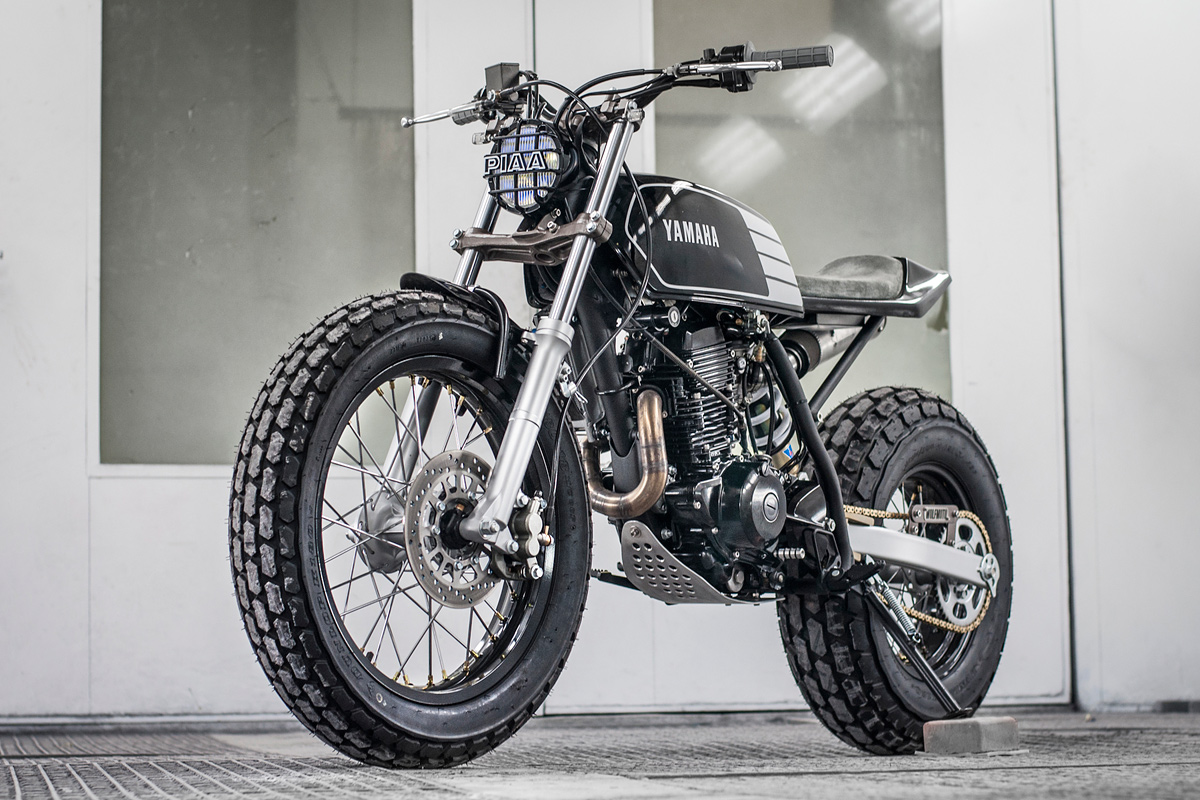
Yamaha TW200 Ahh, air-cooled simplicity. Atop the short list of bikes that haven’t changed in decades, you’ll find Yamaha’s enduring, fat-tired TW200, boasting 35 years of (more or less) unaltered production. Other than a few swapped part numbers, the only thing separating an ’88 TW from a 2023 is graphics and a front disc.
As simple and reliable as they come, the Yamaha TW200 is still built with a steel fuel tank, a basic telescoping fork, a 28 mm Mikuni carburetor and a 16 hp, 196 cc air-cooled single. It’s not quick, and there’s no changing that, but the TW is fun and rugged, and couldn’t be easier to work on.
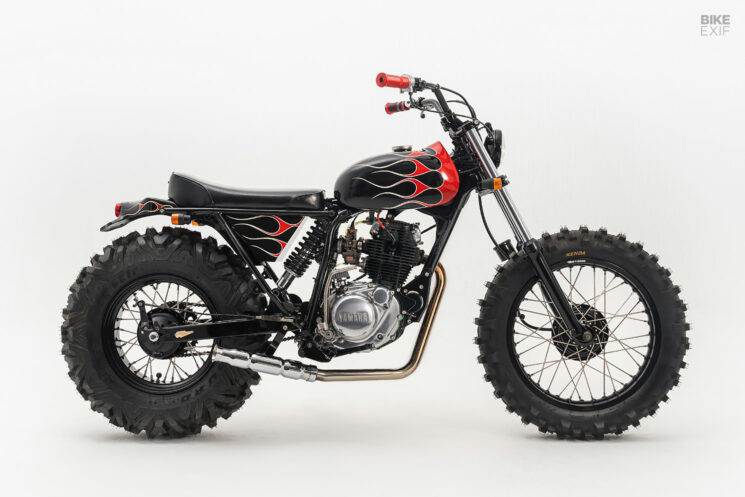
Because it’s so basic, the only limiting factors for a TW are your imagination and (possibly) the big wheel format. The fork and swingarm are set up for fat rubber, and that’s something you should embrace in your build, but just about anything is possible with the right tools. We like the direction of Wolf Moto’s tracker-esque TW, which embraces the bike’s rugged, fat rubber origins, but with a racier spin on things, and these wild customs from Mike’s Garage and Deus Ex Machina do it for us as well.
T-dubs can be found just about everywhere, from your local classifieds, to your local dealer if you’re feeling spendy. A new TW sells for just under $5,000, but used bikes can go for under $1,000 if they’re in need. I personally bought a minty ’96 model a couple years ago for $1,600, but that one’s a bit too nice to go under the knife.

Yamaha Virago Making something out of the Yamaha Virago isn’t for the faint of heart. That’s by no means a dig at anyone who’s ever thrown a leg over one, but if you want to talk about design constraints, this bike’s full of ’em.
The Virago has pretty laid-back cruiser geometry, and the frame drops under the saddle, meaning you’ll need to be handy with a welder if you have something a bit more aggressive in mind. The boxy backbone chassis isn’t a particularly handsome piece either, and can be hard to work around. Additionally, the stock tank sits high on the backbone, and swapping it will likely necessitate a fair bit of cutting and welding as well.
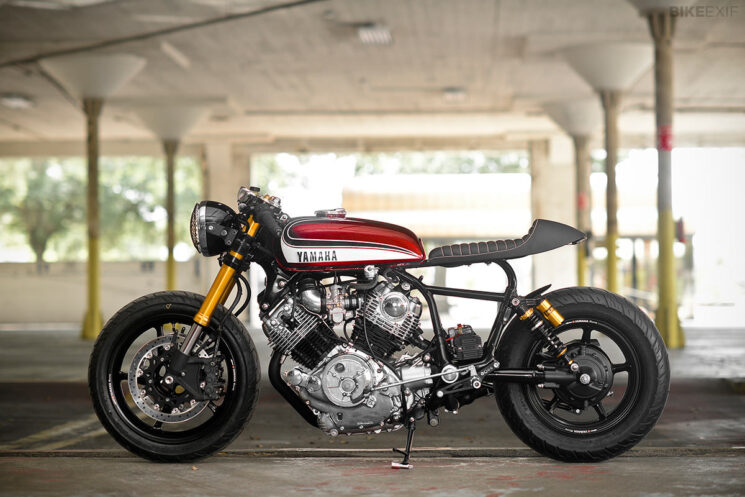
The Virago’s 75-degree, air-cooled twin hangs from the frame, and it gets pretty close to the pavement when you start dropping the front end. While some Virago engines look better than others (the less chrome the better), the look works when you add the right attitude, like these customs from Kerkus and Greg Hageman.
If you’re skilled at turning challenges into opportunities, the Virago is your next build, as its most problematic features make a unique visual statement in the finished product. Viragos are plentiful and cheap, and there are at least three on our local classifieds for less than $1,000.
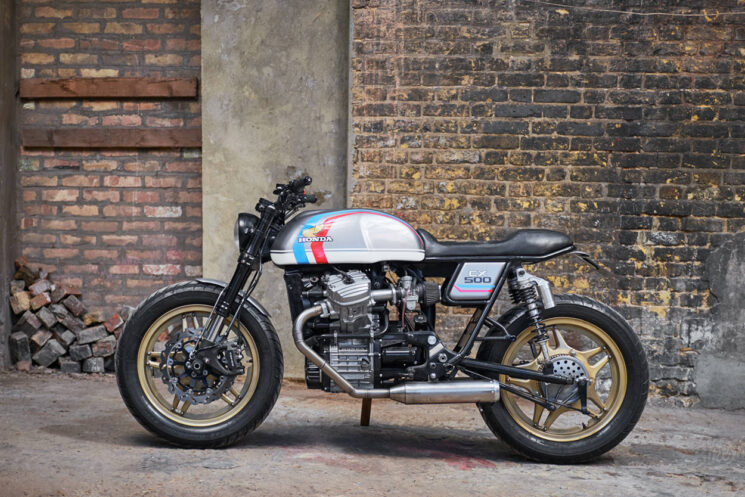
Honda CX500 The more everything starts to look alike, the less afraid you should be to stick out. And the Honda CX500’s heads definitely stick out—not in Boxer fashion like BMW—but more akin to Moto Guzzi. While its shaft-driven, longitudinally-mounted V-twin goes against the grain of conventional bike building wisdom, there’s reward in the undertaking.
Honda’s standard CX bikes have been described as malaise, and even milquetoast (feeble, insipid or bland) by Revzilla, but as Rev aptly points out, they actually have a fair bit going for them. For one, it’s a liquid-cooled Honda, that’s just about as reliable as it gets, and the V-twin is actually a stressed member in the chassis.
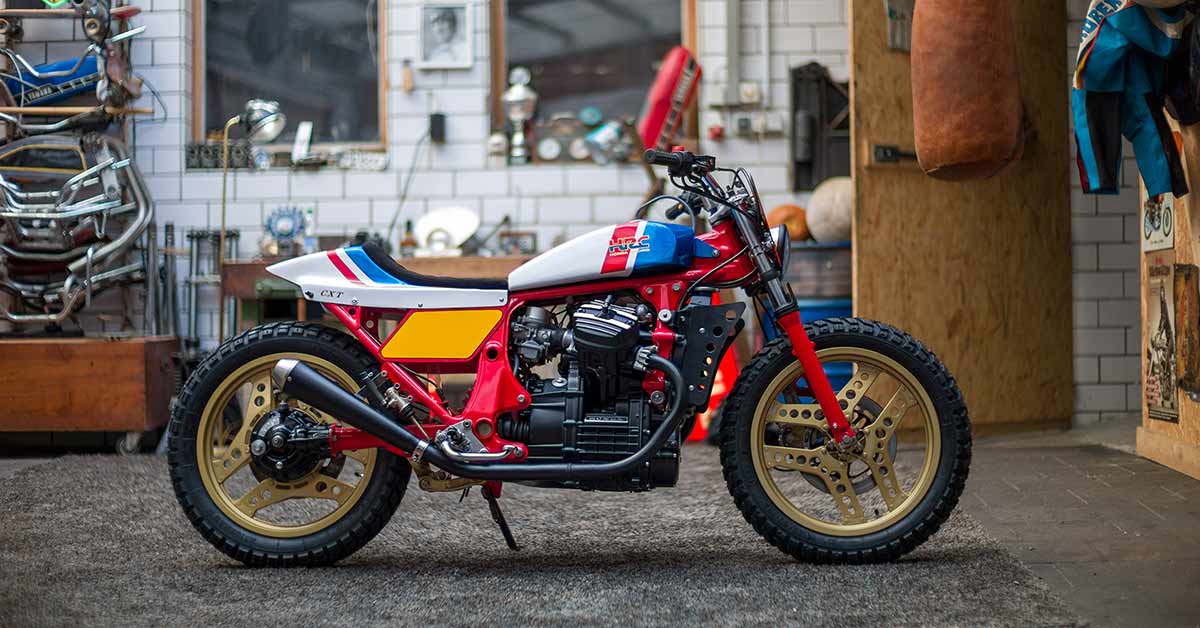
The CX was Honda’s first V-twin, and after prototyping with a 90-degree setup, Honda tightened the cylinders up to 80 degrees and twisted the heads 22 degrees to keep the carbs out of your business. Each head has four valves, but the engine arrangement forced Honda to use stubby pushrods, instead of overhead cams, and the engine is no hot rod at just 48 hp.
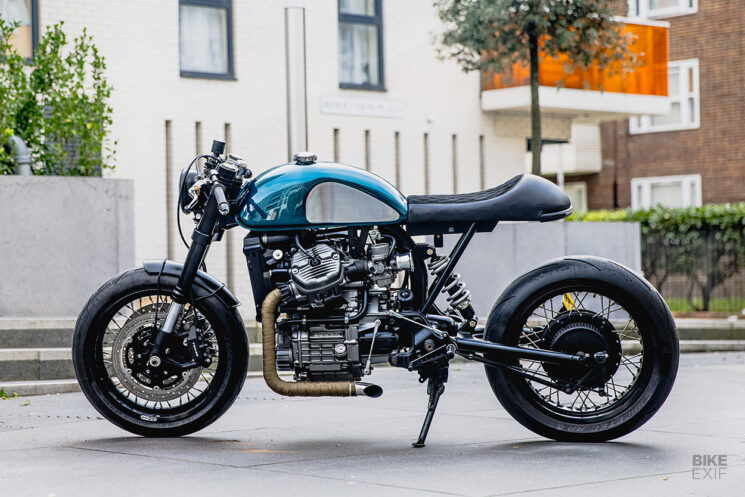
Like the Yamaha Virago, the backbone chassis of the CX500 isn’t very sharp looking, but it’s much easier to disguise. The platform actually works quite well as a slightly modernized cafe racer, as is the case with Harry Blaise Fryer’s CX500 that’s been upgraded with a GSXR fork and a monoshock conversion. Extra points are awarded for spoked wheels, which will require some effort to make work with the shaft-drive hub.
As is the case with other bikes on our list, the Honda CX500 is as cheap as they come. A quick look at my local classifieds, and I found four bikes for sale within a couple hours drive, all for under $600.
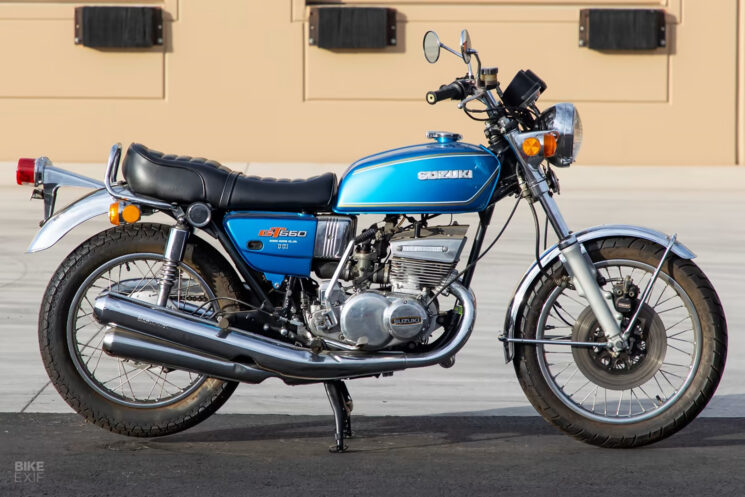
Suzuki GT550 The Suzuki GT550 and its long-stroke, undersquare engine was never designed to be an all-out performer, and those old enough to remember the heyday of two-stroke triples will be sure to remind you of that. While it’s no Kawasaki Mach III, the GT550 is a pretty cool motorcycle for the rest of us, and makes all the right noises for less coin.
It’s sort of ironic that Suzuki would name the GT380 and 550 motorcycles after race circuits like Sebring and Indy, when their long wheelbases and long-stroke engines were, in fact, built for touring use. The GT550 is no powerhouse, with advertised output at 50 bhp, but it’s no slouch either, and will take you to triple-digit speeds in stock form.
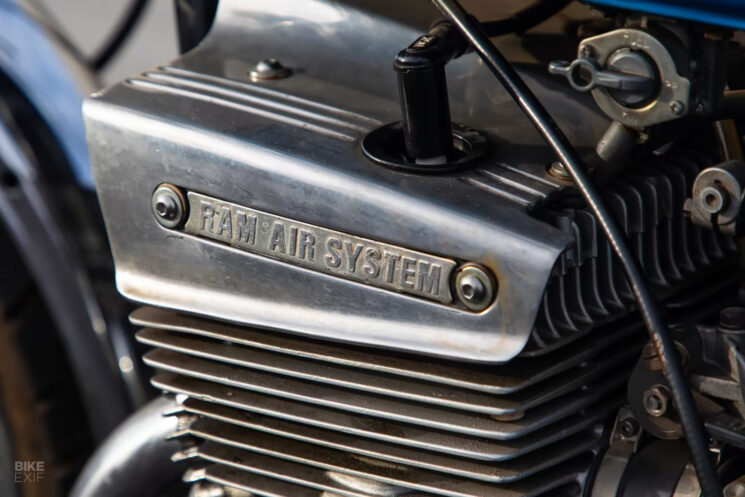
The most interesting aspect of the GT is the unique Ram Air System, which is nothing more than a fancy cooling shroud. Designed to duct ambient air over the cylinder head, the Ram Air System seems to have been somewhat effective at keeping the center cylinder cool, but today, it’s just cool in a goofy way to look at.
Somewhat of a forgotten triple of the era, the Suzuki GT550 engine makes a huge visual statement in any sort of build—a sort of party piece if you will. If you have the coin, expansion chambers are still available from a few manufacturers, and will give the GT a little more of that ‘ring-da-ding-ding’ we all crave.
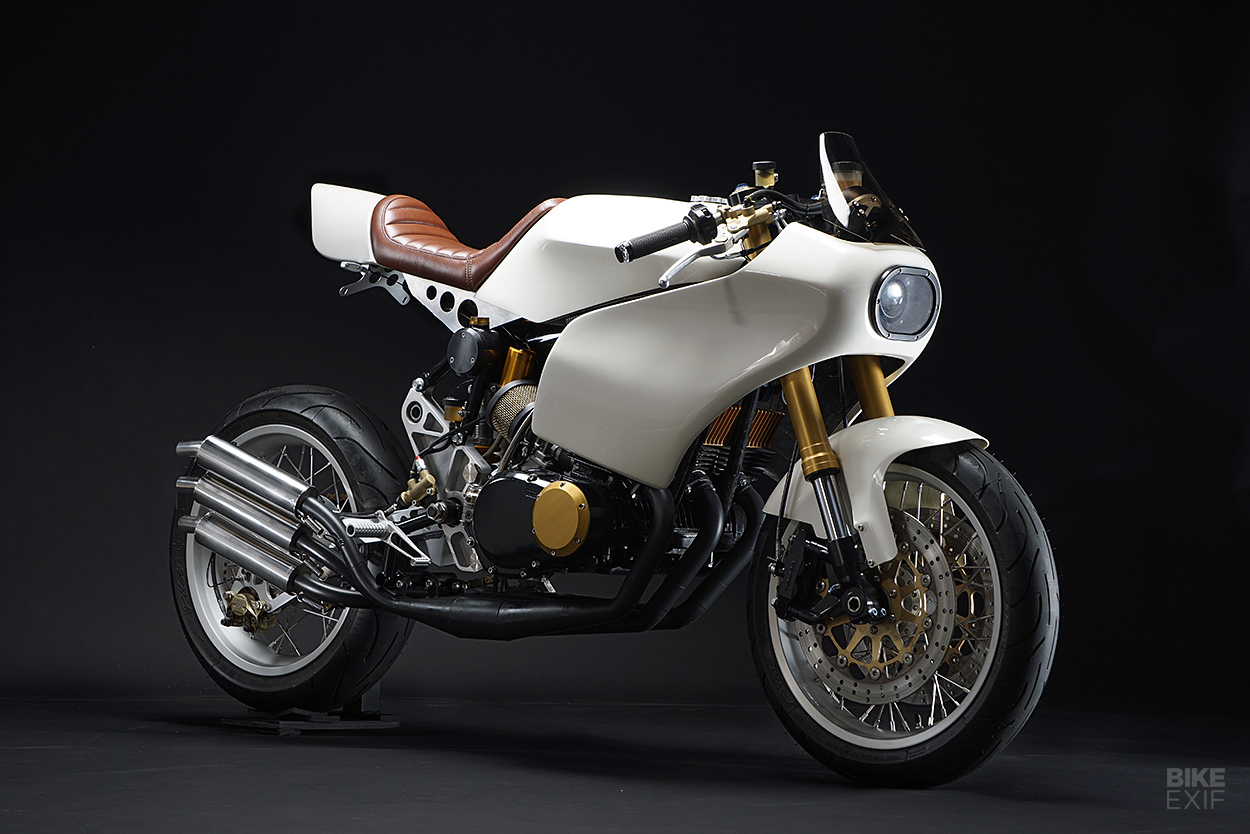
MotoHanger and Macdonald Hastings Design both lit up the internet a few years back with some wild GT550 customs, and Sean Pelletier of The Motoworks built this beautiful CAD-designed GT380 in 2020. Enticed by this strange ’70s triple, we picked up a patina’d ’73 K Model out of a barn a few weeks back—now we just need the pipes… [Mecum]